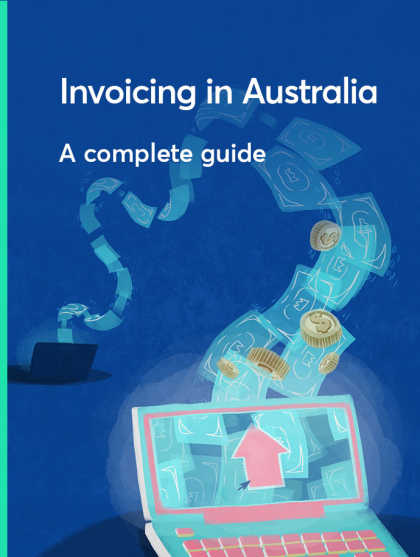
Invoicing in different business sectors
Last editedNov 20201 min read
Different business sectors have different approaches to invoicing their customers. Here's a quick look at different types of billing by invoice.
When it comes to invoicing, one size doesn't fit all. Different business sectors have different approaches to invoicing their customers. Here's a quick look at different types of billing by invoice.
Progress billing
Companies working in the digital and media industries often use progress billing. Web development and design agencies favour this type of billing, which involves charging clients incrementally for work completed. This is important, since projects can stretch out over many months.
Business sectors in which the items sold are particularly expensive may also choose to spread client costs in this way. These include manufacturing, engineering, aerospace and defence companies.
The construction industry favours progress invoicing too, because most of its projects are on a large scale and spread over a long time period.
Collective invoicing
If you do a lot of small jobs for a client, collective invoicing is an effective option. A collective invoice includes several orders or pieces of work in one invoice. It's an efficient way of invoicing and it makes payment and accounting easier too.
Wholesalers often send collective invoices on a monthly basis, gathering together all a customer's purchases in one request for payment. Health practitioners may also work in this way, for example dentists or medical centres billing health insurance companies in one go.
Recurring invoicing
For long-term contracts, rental agreements and equipment hire, recurring invoicing is a common practice. An invoice may be sent on a monthly basis, for example, for the same amount each time. This is also common for insurance, advertising campaigns and digital services such as website hosting.
Subscription invoicing
With subscription invoicing, customers are charged on a scheduled basis for goods or services. For example, gym memberships and online streaming services may be charged this way. The same is increasingly true of software and other digital services.
Such services are often pre-billed, with customers receiving an invoice and paying automatically at the start of the billing cycle. Club and society memberships, as well as regular charity donations, are other examples where subscription invoicing is the preferred model. Even some businesses, such as accountancy firms, use subscription charges instead of the old approach of invoicing clients annually or monthly.
Metered invoicing
Utilities such as electricity and fixed-line telephone services are often provided on a metered basis, and are invoiced based on the amount used. The invoices issued by such companies show how many units have been used, the charge per unit, and the total cost for services used. There are strict regulations about how the units are measured and charged.
Interested in collecting payments by Direct Debit?
Find out if online Direct Debit is right for your business